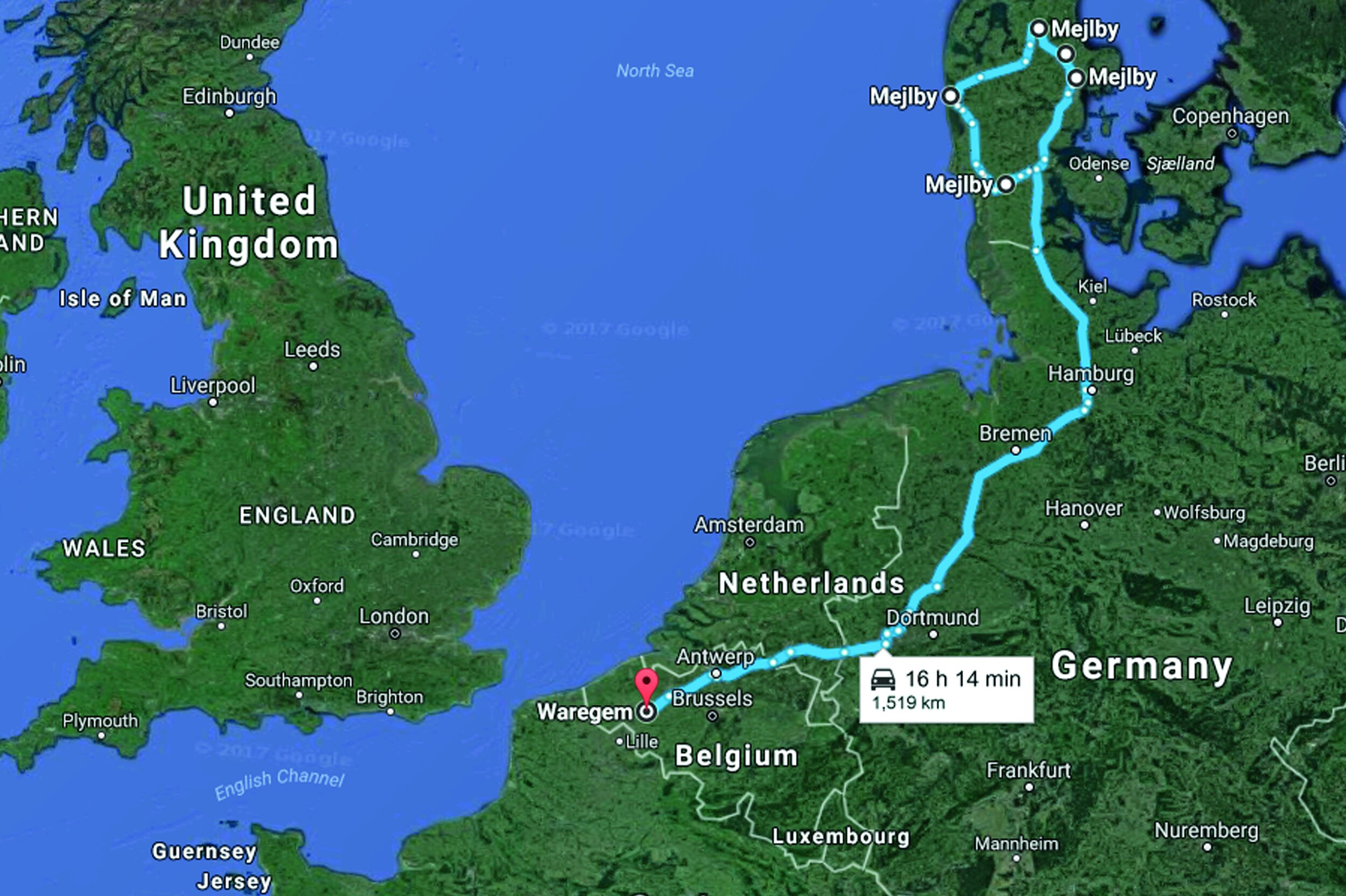8530 Mejlby, Denmark
‘The name is from the Viking Age (the same period as the runic-stone). The last part of the name –by means village or settlement, and the first part of the name Mejl- means between or middle. Mejlby means the village in the middle.’ Ernst Stidsing, Museumsinspektør, arkæologi
This research started with a particular rug produced by IKEA: Mejlby. It is a rug made of 100% polypropylene and Made in Belgium. Mejlby share its name with 5 villages/towns located across Denmark.
This is a journey through unknown topology and topography taking its roots from one generic, mass-produced object which led the research into singular geographical places and stories that happened along the way.
The project was funded by FCAC Geneva (Fonds Cantonal d’Art Contemporain, Genève, CH) as part of Bourses Déliées Head Graduate Awards and exhibited at Halle Nord Geneva, 2016 along with artists Pauline Beaudemont, Camille Dumond, Nelly Haliti, Lauren Huret, Laure Marville, Daphné Roulin and Marco Scorti.
HOW WOULD YOU DESCRIBE MEJLBY?
The Supplier:
‘Mejlby is a flatwoven rug that can be used outdoor also. Not much more features.’
The Interactive Intelligence (IKEA online service customers):
‘The Mejlby is a machine flat woven rug that can be used indoors and outdoors. Length 300cm and width 200cm. Gross weight 19 lb 1 oz. Were you looking for specific information? All information is on our website. Please check that it is available to purchase in store.’
The Archaeologist:
‘Mejlby lies 8 kilometer north of Randers, in Randers municipality in the northeastern part of region Middle Jutland, Jutland, Denmark, in the position 56 degrees, 30 minutes and 53 seconds north and 10 degrees, 5 minutes and 9 seconds east.
Mejlby is mentioned for the first time in 1471, but has probably been established in 9.th century a.d. The name Mejlby means “the village in the middle of the parish”. The village has previously had its own church, but the church has probably been abolished and teared down after the plague in the 12.th century or after the Reformation in the middle of the 14.th century.
Today the village lies between two parishes. The village has today 612 inhabitants. The old part of the village consists of two to three old farms and a few houses, and a new part of the village with a lot of detached houses builded in the 70’s. There are today no shops in Mejlby, just one garage. The people of the village has previously been provided by agriculture, but today most of the inhabitants works in Randers or the surrounding villages and towns. The dialect in Mejlby is distinct East-jutlandic, which sounds like the dialect spoken in East-Jutland.
None well-known people has been born or lived in Mejlby.’

